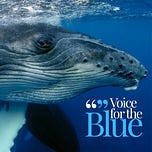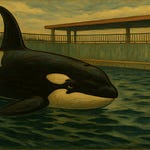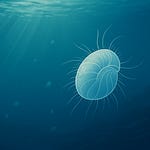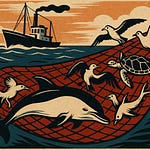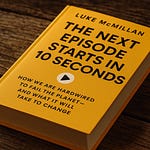Step onto a shoreline after dark and the impossible happens. The waves glow. Each step into the surf sparks with blue-green fire, every ripple alive with light.
This is bioluminescence, the living light of the ocean. In shallow bays, tiny plankton called dinoflagellates flash when disturbed, creating glowing surf that feels more like magic than science. In the deep, most animals have learned to shine: squid vanish by counter-light, jellyfish startle with sudden brilliance, anglerfish lure prey with glowing bait. Whole food webs are written in glow.
Humans have always been drawn to this mystery. Polynesian navigators spoke of seas that lit beneath their canoes. Sailors wrote of “milky seas” that shone for hundreds of kilometres, vast glows so bright they can still be seen from space.
For me, the memory is Indonesia. One night I couldn’t sleep and walked to the water’s edge. The village was silent, the tide moving in and out like breath. I stepped forward and the sea lit up around me. Each ripple shimmered as if the stars had slipped into the waves.
That’s the lesson bioluminescence offers: even in the darkest places, life creates light. It’s not about constant brightness. It’s about sparks when the night presses hardest.
We may never all stand in glowing surf, but we can carry its message. When the ocean had no sun, it learned to glow. So can we.
I record Voice for the Blue because ocean stories deserve to be heard. I write Ocean Rising so they land in your inbox each week, free and independent.
This is only possible thanks to a small group of paying subscribers. Their support keeps it free for students, activists and communities worldwide.
If you find value here, please consider joining them.
I’ll be back in your ears next week.
- Luke


